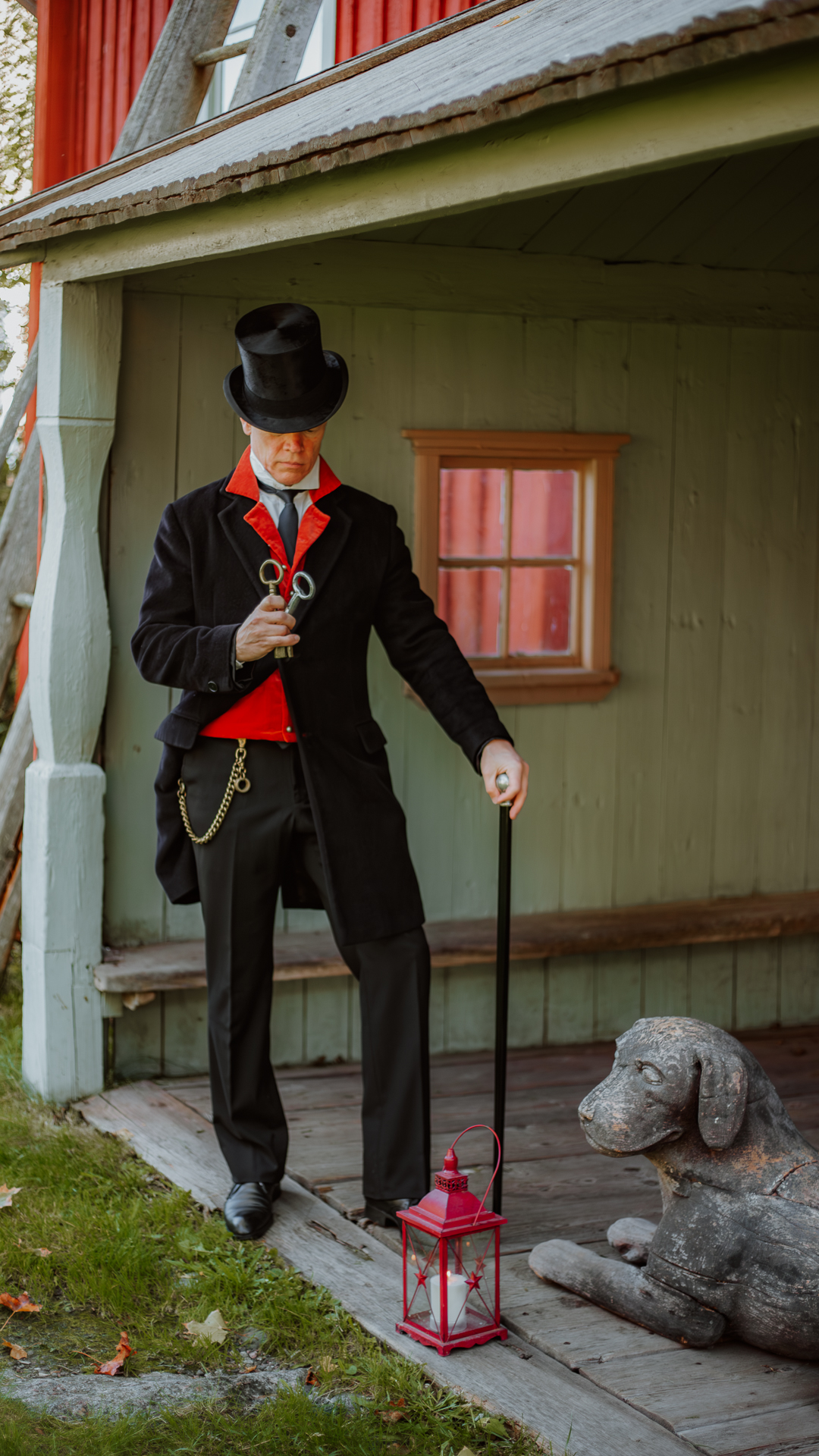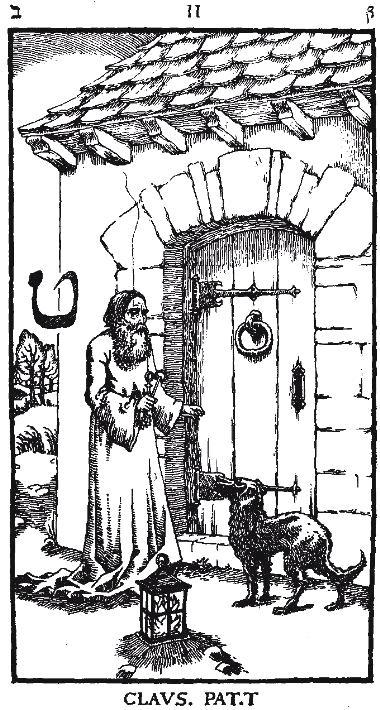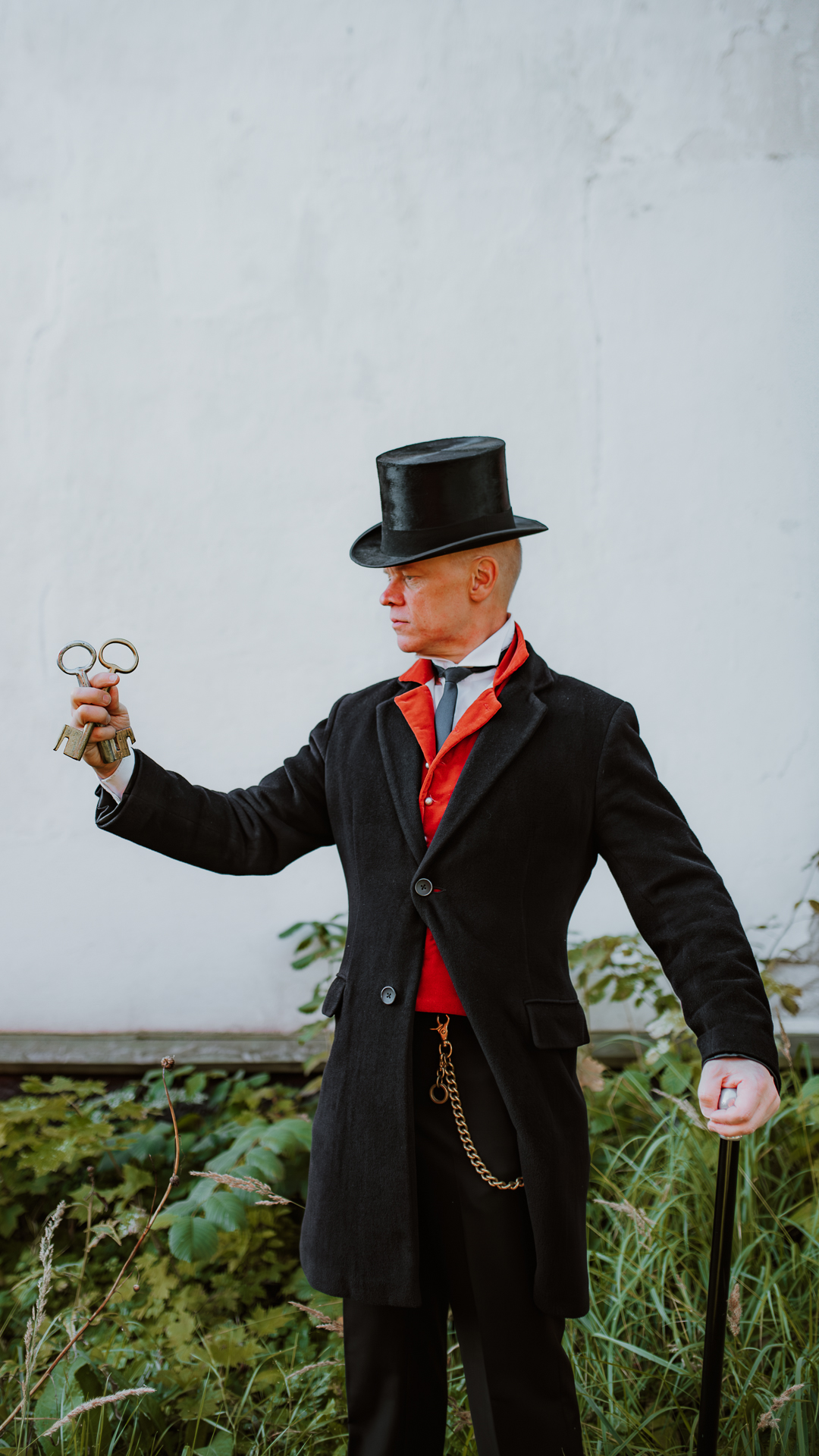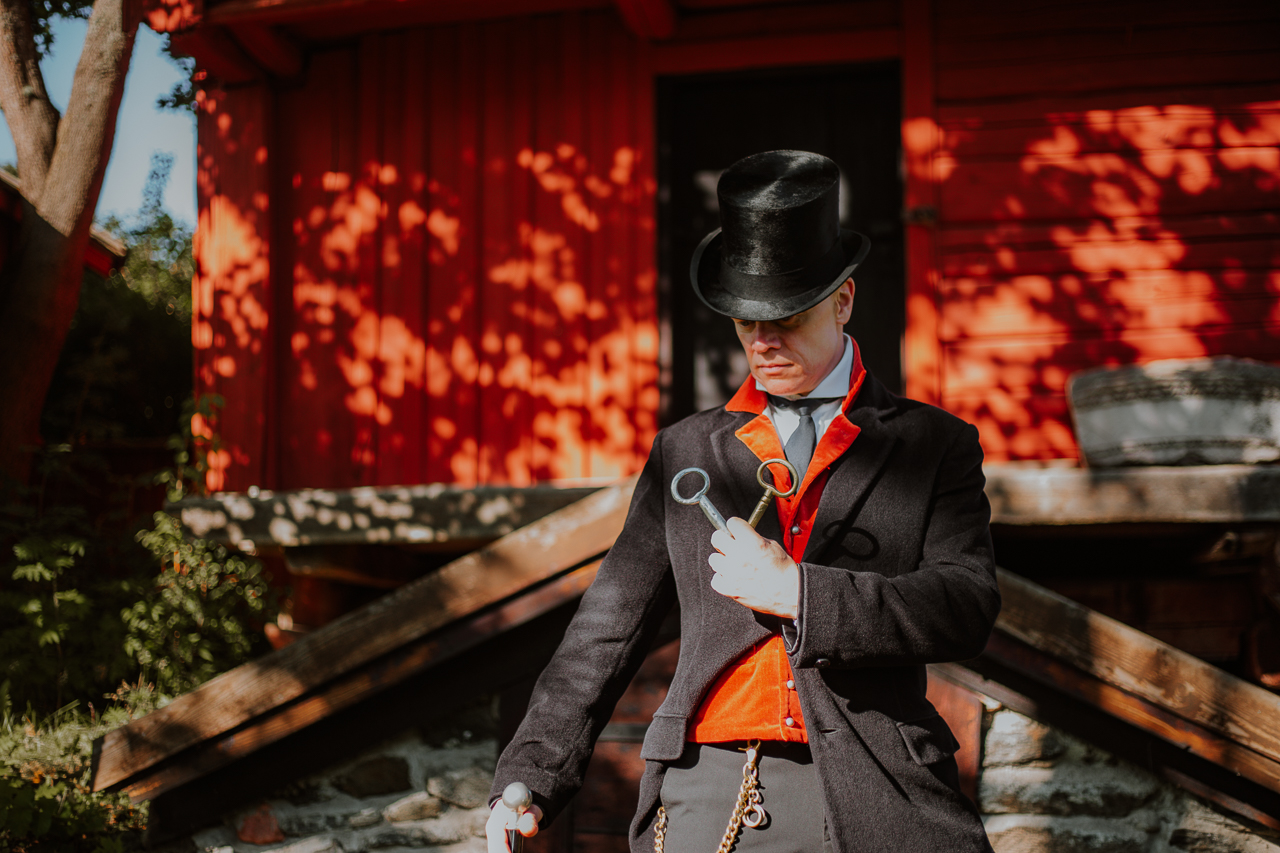The Story
“Stand By You” started by me reading one of my favourite sci-fi books ever, Arthur C. Clarke’s fantastic novel “Childhood’s End“. The book explores humanity’s transformation through the arrival of mysterious alien Overlords who guide Earth toward a new cosmic destiny.
While Clarke’s story focuses on the global impact, I wanted to zoom in on the Earth’s surface. So, while Clarke’s book tells how the aliens interact with humanity overall and during several decades, “Stand By You” tells the story of each generation of a family in the world of “Childhood’s End” and how individuals of three generations experience the events on their level.
This also connects to the “Player Characters” album’s theme of dualism. Both Clarke’s book and this song raise questions about the meaning of progress and the fate of intelligent species in the universe. Are we actually moving forward or losing something essential?
The blue jeans became a central symbol of humanity in the song – like the initial Levi’s logo of two horses pulling in opposite directions, trying to stay authentic while taking risks. But more importantly, they represent what makes us human across generations. From rural workers to city dwellers to astronauts, the blue jeans is among many objects that remain a constant thread of humanity.
Even when the final generation transforms into beings of pure energy, they still dream of blue jeans – a reminder of their human origins. This persistence of human identity, even as we evolve beyond physical form, adds another layer to our exploration of dualism: can we transcend our physical existence while keeping our human essence? Is it needed. Only the ones who have transcended know.
The Music
The song’s structure follows this three-generation journey. The opening has very subtle elements of country and line dancing music, reflecting the rural beginnings. As we move to the city, the sound continues the hypnotic pattern that reminds of rhythms in industrial and urban environments. Finally, for the space generation, the music points towards a more a cosmic soundscape.
Initially, I envisioned a more melodic approach, and we even tested a four-chord cycle with my producer in early versions. However, after valuable feedback from some listeners (you know who you are!), I decided to pursue a more monotone pattern. This choice did end up serving the song’s theme – the hypnotic, repeating elements mirror humanity’s cyclical journey through generations, while also suggesting the pull toward cosmic consciousness.
I’m happy with the result bu the the four chord version is something to which I want to return one day and as I think it includes a big potential for more.
Among the cultural references woven into the lyrics, Donald Fagen’s “New Frontier” stands out, which itself references John F. Kennedy’s acceptance speech in the 1960’s presidential election where he discussed the opportunities of the new decade.
This reference adds another layer to our story of human evolution, connecting personal ambition with humanity’s greater journey.
The Visuals
“Stand By You”‘s cover art is again based on my interpretation of a woodblock print from “El Club Dumas”. It shows a hermit holding two keys before a closed door, accompanied by a dog.
The hermit symbolizes the seeker of knowledge and wisdom, while the keys – silver and gold – represent different paths to salvation or damnation. It also matters which hand holds the keys: if it is left it’s a sign of welcoming fate. If in the right it means the person is actively seeking the chosen destiny.



The presence of the dog in the image carries mythological significance.
Throughout art history, black dogs have served as symbols of transformation and crossing between worlds. From Cerberus guarding the Greek underworld to the spectral Cŵn Annwn of Welsh mythology, these creatures appear at crucial thresholds, representing both protection and supernatural power. This dual nature – guardian and harbinger – mirrors our story’s themes of transformation and transcendence. Like the family in “Stand By You” crossing from earthly existence to cosmic consciousness, the black dog stands at the threshold between what is and what could be.
The lantern in the hermit’s hand carries its own symbolic weight, referencing the ancient Greek philosopher Diogenes, who famously wandered the streets of Athens in broad daylight with a lit lantern, claiming to be ‘searching for an honest man.’ This act was not a mere eccentricity – it was a critique of societal pretense and a quest for authentic truth.
In the context of ‘Stand By You,’ this symbolism is related to transformation. Like Diogenes questioning the artificial constructs of his society, our family moves through generations of human experience, ultimately transcending physical form to find a more genuine existence. The lantern becomes both a tool for illumination and a challenge to conventional wisdom. What does it mean to be truly human when humanity itself is evolving beyond recognition?
The Hebrew letter “teth” in the picture refers to the hermit in tarot, sometimes accompanied by a serpent. This duality fits the theme, especially considering that in Clarke’s book, when the Overlords finally reveal themselves, they appear as traditional devil figures – with wings, horns, and red skin.
The Latin text “CLAVS. PAT.T” (“Clausae patent” – “Open that which is closed”) emphasizes the theme of transformation and transcendence. Like the family in our song, humanity stands before a door to cosmic consciousness, holding keys to different possible futures.
Through all these elements – story, music, and visuals – I attempted to capture humanity’s journey from earthly roots to cosmic destiny in “Stand By You”, all while asking: what do we gain, and what do we leave behind?
Listen to the song here.
Read the lyrics here.
Read about the imaginary story of how Poliphilos found the idea for the song here.


Leave a Reply